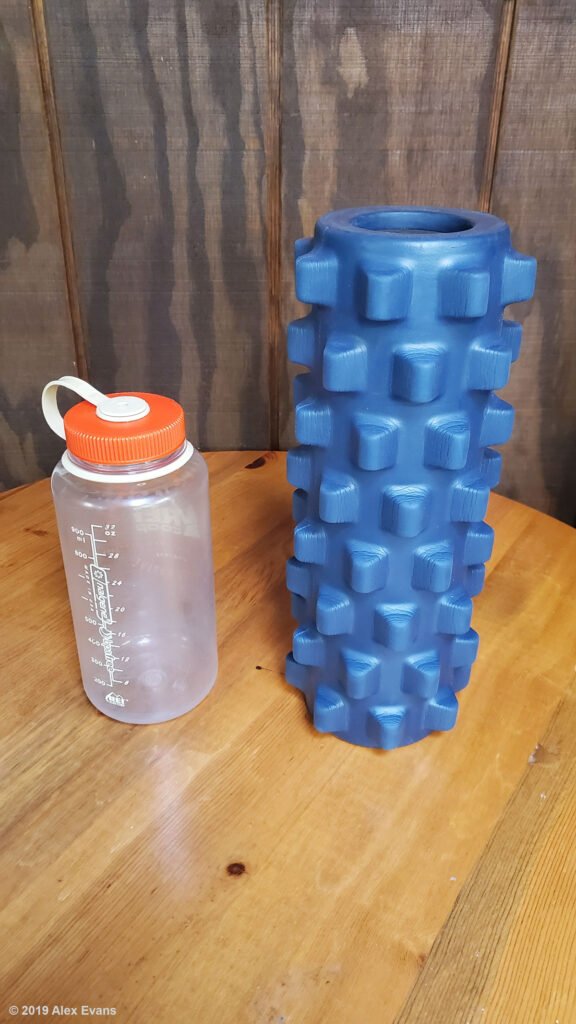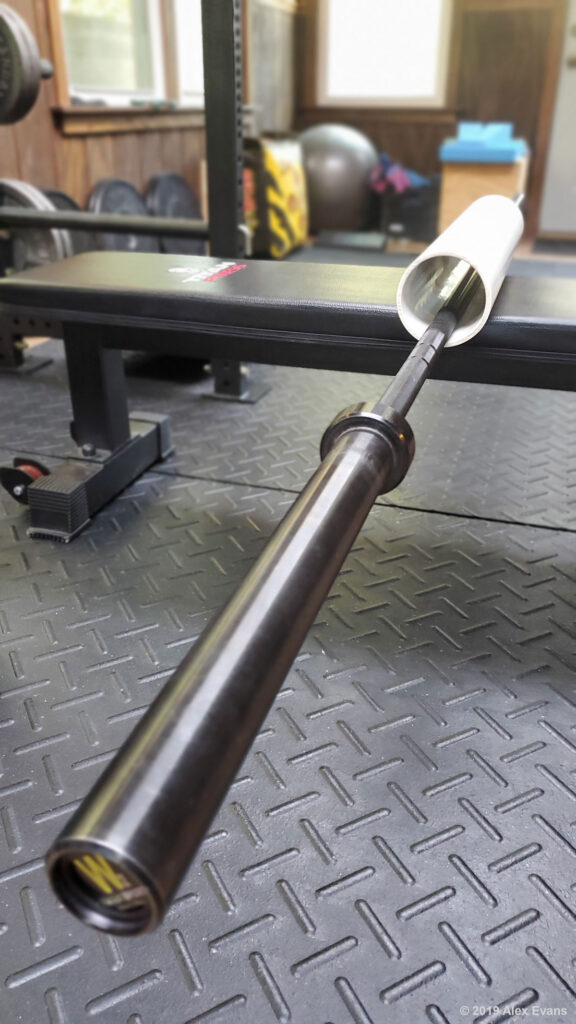Dirt yoga is exactly what it sounds like. Trail-side yoga in the dirt. Beyond the physical benefits this is also a wonderful conversation starter. People tend to ask lots of questions when they stumble across another hiker face down in the mud. They’d exclaim, “Oh man! Are you okay? Did you break your leg?” I’d laugh, twist out of my half pigeon pose, and we’d become fast friends.
For me self-care was an essential part of staying healthy on the Pacific Crest Trail (PCT). I had been wearing corrective footwear for my leg length discrepancy for less than year. My body was still adjusting to this new reality and trying to overcome deep-seated compensatory patterns that resulted from walking with a short leg for many years. My initial training hikes in the corrective shoes were often painful. However, this discomfort was a blessing in disguise as it afforded me ample opportunity to develop and rehearse a robust self-care plan that would serve me well on the PCT. This was my strategy.
The Routine
Each morning I would perform a dynamic stretching warm up as I packed up camp. This was a welcome routine as it took some of the chill out of frosty mornings. My warm up consisted of the following:
- Standing Knee to Chest
- Standing Butt Kicks
- Squats
- Calf Raises
Then I started, you guessed it, hiking. After my legs had warmed, usually around the first mile, I would drop my pack to perform some static stretching and my beloved dirt yoga. This brief hiking hiatus included the following:
Static Stretching
- Standing hip adductor stretch
- Standing hip abductor stretch
- Several variations of a standing quad stretch
- Some variation of a hamstring stretch
- Two variations of a standing calf stretch
Yoga
- Pigeon Pose
- Crescent Lunge
- Low Lunge With Quad Stretch
- Cat-Cow Pose
After a long day of hiking I wanted nothing more than to stuff my face and crawl in my quilt. However, I resisted the temptation and kicked off my evening with self-care. While my muscles were still warm I would knockout some static stretching (identical to the morning routine) and some rolling with a Nalgene bottle (more on this later). This routine worked great during the balmy July evenings in Washington but the plan went south as I went south. September in the Sierra brought evening temperatures in the low 20’s. In those cases I chose to forgo shivering and retreated to my tent where I incorporated stretches I could perform while nestled in my quilt.
Adapt and Overcome
On occasion stretching and dirt yoga weren’t enough to stave off suffering. In those cases I re-purposed items in my pack to treat my ailment and continue hiking. Here are few examples.
Ice Pack
If you hike long enough swelling is inevitable. The lowly water bladder (Sawyer Squeeze bag, CNOC Vecto, etc) is an excellent ice pack substitute. I regularly filled my bladder at the nearest snow-melt stream and iced whatever was swollen before bed in the comfort of my tent. If available, a zip top gallon bag full of snow works even better.
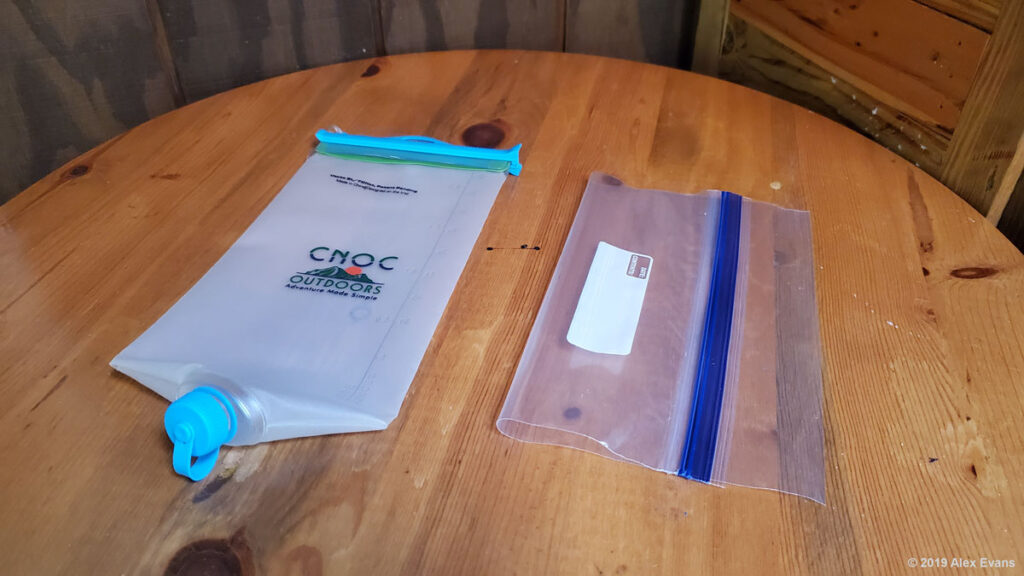
Wilderness Masseur(se)
I suffered from terrible adhesions in my quads while adjusting to the corrective shoes. In training, a form of myofascial release called body tempering had proven very effective in dealing with these adhesions and I needed a way to continue treatment on the PCT. A 50lb body tempering roller didn’t seem very ultralight so I began hunting for alternatives. Initially, I tried trigger point therapy using small hard sided items from my pack (Anker battery pack, tin of diaper rash cream, etc.) without much success. Next, I turned to the tried and true Nalgene bottle as foam roller technique. The results were well worth the weight penalty and I promptly swapped out one of the Smart Water bottles in my pack. On the PCT the technique caught on with a number of my fellow hikers. However, if you’re going to try this yourself, keep in mind that it looks a little strange. In particular, I’ve been told the act of rolling ones hip flexors looks more at home in a XXX film than a campsite. Consider your audience before you hump that water bottle.
Backcountry Chiropractor
I had a significant sacroiliac joint dysfunction. This often resulted in referred pain on the outside of the knee. The most effective way of treating this was chiropractic adjustment using Sacro Occipital Technique (SOT) blocks. Unfortunately, even the most portable SOT blocks were too heavy or bulky to carry on the PCT. Jerome suggested creating improvised blocks using my hiking or camp shoes with socks rolled up under the heels. It worked! Having SOT blocking capability on trail saved the day on several occasions. During one such instance, I was facing the long southbound climb out of Holman Pass with excruciating pain in my left knee. I so badly wanted to push on because it had rained that morning and Holman Pass was a muddy mosquito infested hell. Not somewhere I wanted to stop. Alas, I chose to listen to my body. The mud let out a splat as my pack hit the ground and I set about using applied kinesiology to determine proper block placement. There I lay on my improvised blocks in the mud with hundreds of hungry mosquitoes to keep me company. The misery however was so worth it as my adjustment yielded instant relief and I finished the climb pain-free.
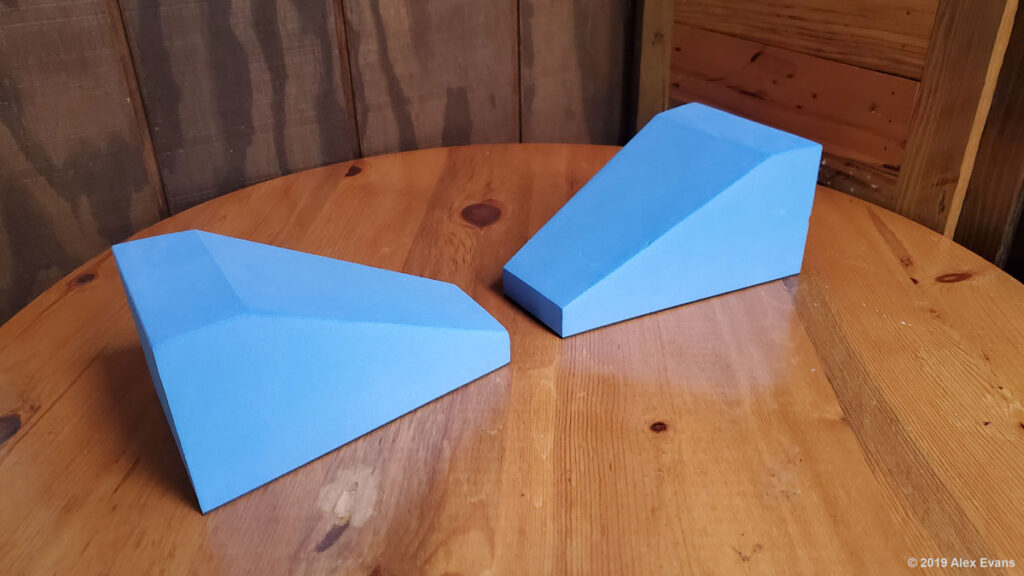
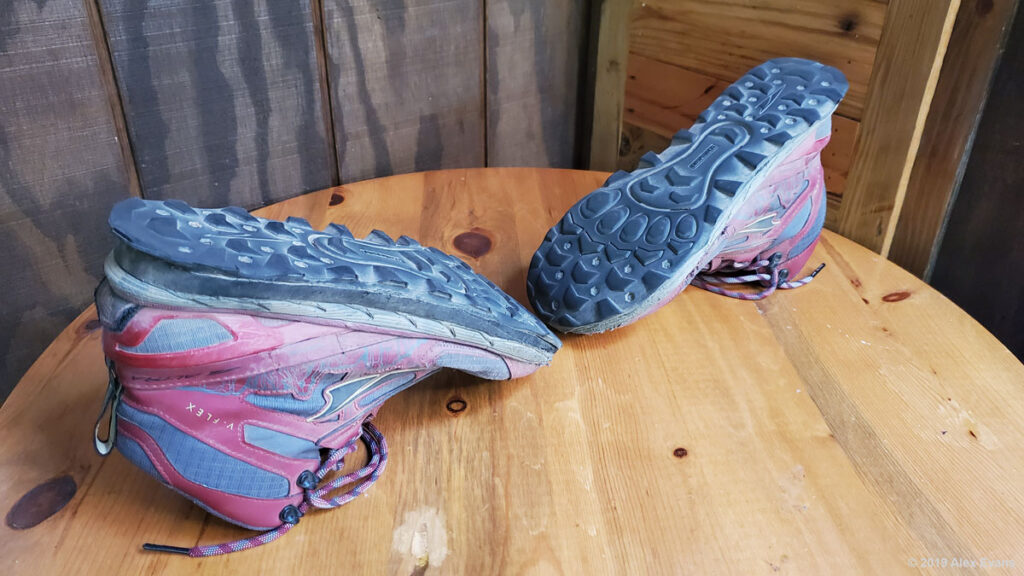
Final Thoughts
That’s it! Faithfully executing low lunges in the lupine and naughty motions on a Nalgene kept me hiking injury free. What’s more, I made more friends while performing these bizarre actions than I ever expected. Self-care is different for everyone. Figure out what works for you and stick to it. You’ll be glad you did.
